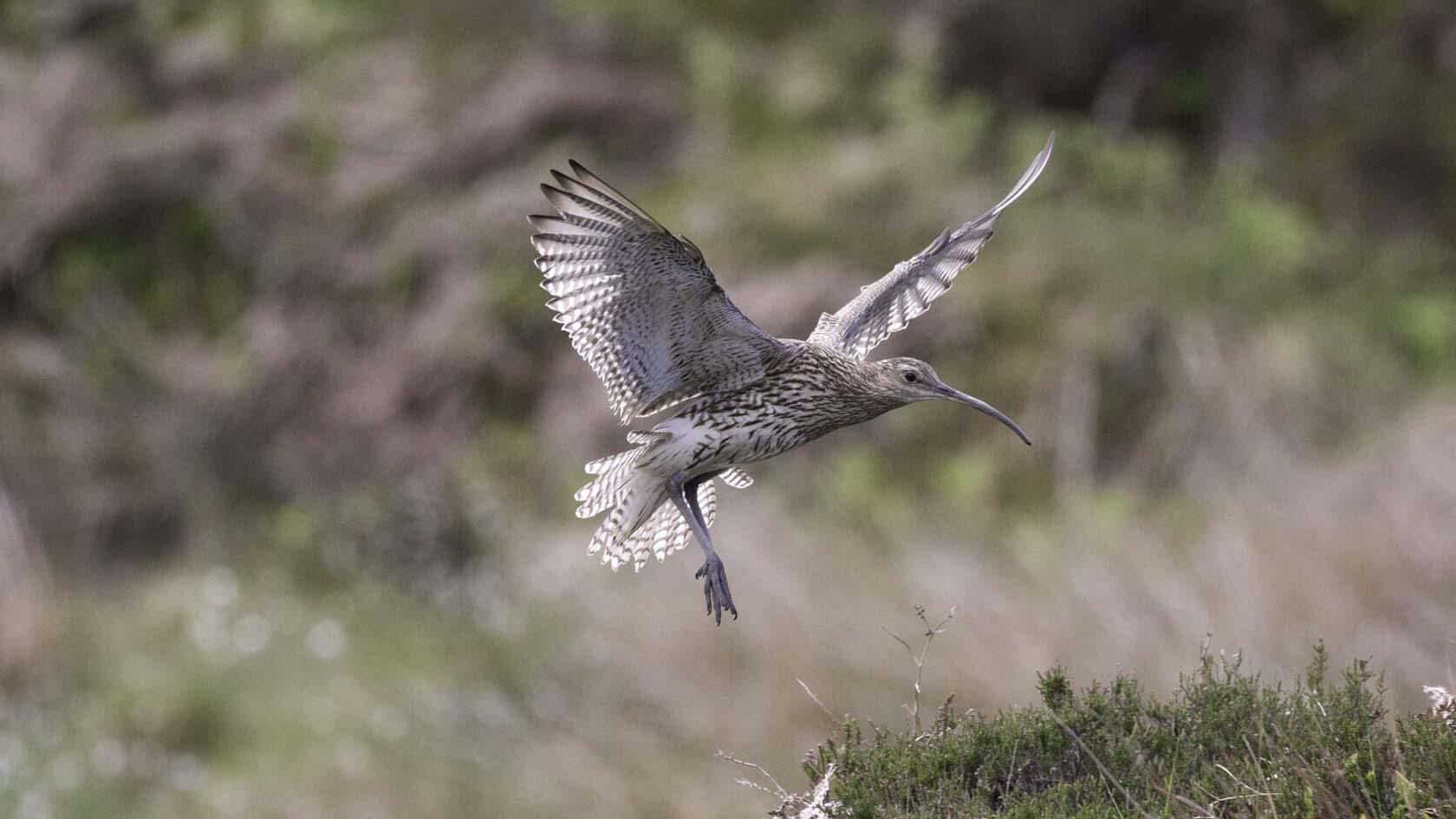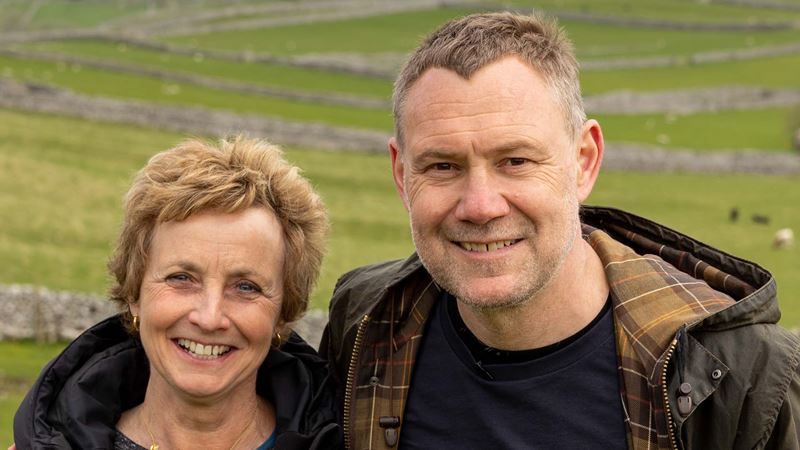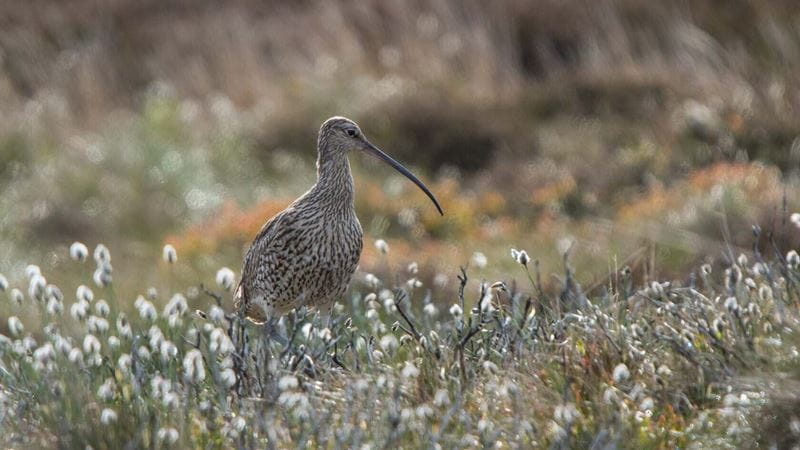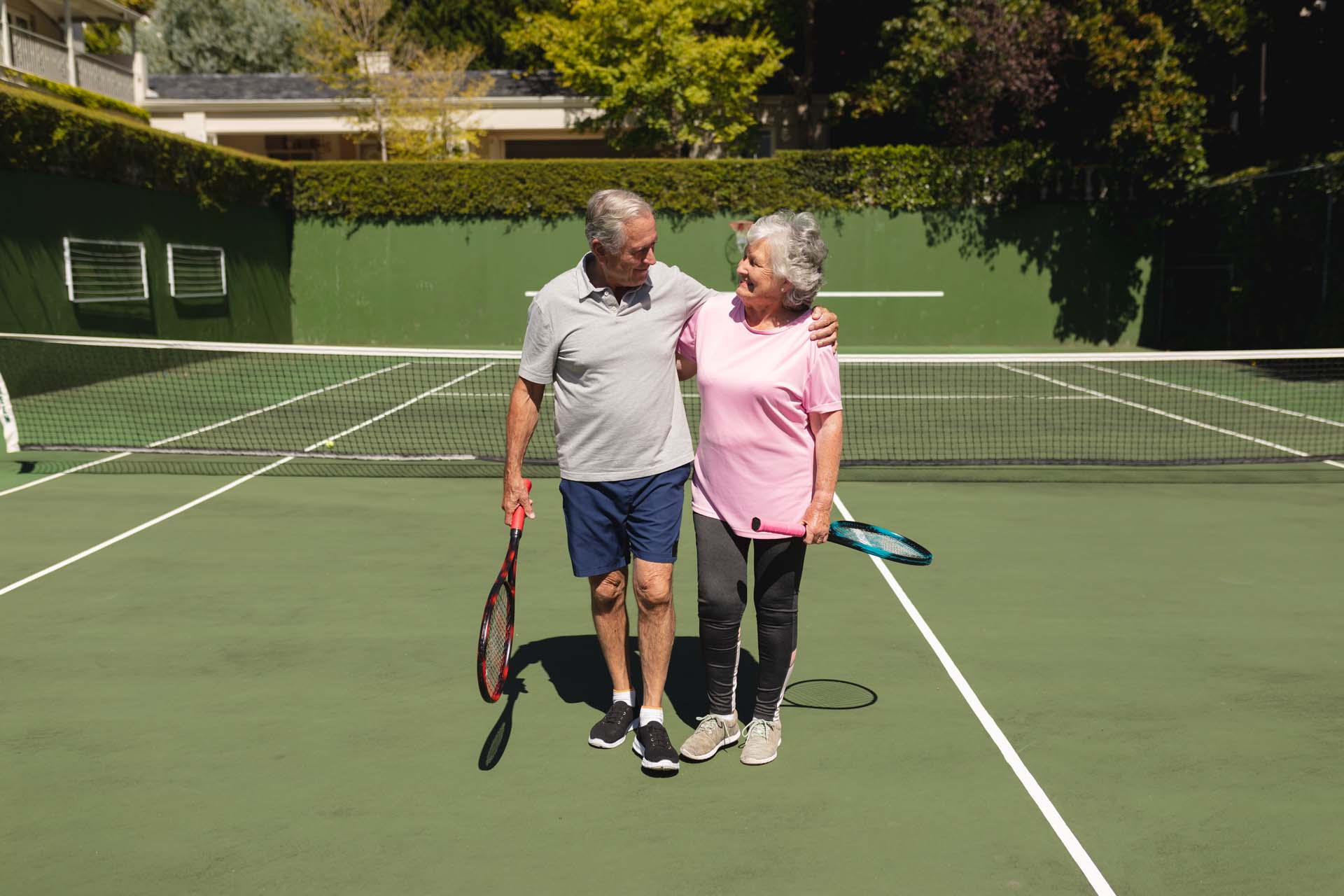6 weeks to save our curlews: how to help one of Britain's most threatened birds
It’s up to all of us – particularly walkers and dog owners – to help save the haunting sound of our countryside.

It’s up to all of us – particularly walkers and dog owners – to help save the haunting sound of our countryside.

I still remember the first time I heard the call of the curlew. I was out walking in the hills in South Wales and its haunting whistle, ‘cur-lee’, stopped me in my tracks. It’s an unmistakeable sound of the British countryside, but one that looks set to fall silent within the next 10 years.
The curlew is one of our most endangered birds in the UK. Our children, grandchildren and great grandchildren may never have the opportunity to hear them in these isles. But there we can all play a part in saving these iconic birds.
The next weeks are vital to the survival of these ground nesting birds. If you are out walking and you hear their distinctive call then be careful to keep to paths and consider putting your dog on a lead to avoid disturbing their nests.
World Curlew Day is on April 21. Its an annual event to raise awareness of this iconic bird. Singer songwriter David Gray is a patron of organiser Curlew Action.
Gray tells Saga Magazine: “The curlew is a landscape-defining bird, whose graceful presence and haunting music is written into the very heart of our wild places.
“Ultimately the fight to save the curlew is not about the work of a few scientists and conservationists, it is a fight for hearts and minds. Each and every one of us need to find ways to help place nature back at the centre of our lives.”

The curlew is Europe’s largest wading bird. It’s about the same size as a female pheasant but with a large, distinctively down curved bill. The end of the bill is sensitive, allowing the curlew to use it to feel around in the mud for food – almost like sensitised tweezers. The type you’ll most commonly see in the UK is the Eurasian curlew.
More than a quarter of the world’s breeding population can be found in the UK during the spring and summer, and their numbers swell to include migratory curlews in winter. Their breeding grounds are wet grasslands, farmland, heath and moorlands. From July onwards you’ll find them along our coastlines too.
Curlews were once a common sight in our countryside and coastlines, but over recent years their numbers have declined by 90% in Wales and Southern Ireland and around 60% across England and Scotland.
The curlew is now a red list bird, which means it is in critical decline.
Writer, TV producer and conservationist Mary Colwell is director of the UK charity Curlew Action. She says a combination of factors has led to the curlew’s decline.
“The problem lies in chick and egg survival,” explains Colwell. “Nesting on the ground makes them highly vulnerable to predation from foxes, corvids, birds of prey and even sheep can eat curlew eggs. Once they reach adulthood, curlews have a very good chance of survival and can live for decades.”

“To reduce the chance of predation, curlews nest in open areas away from trees. Avoiding trees means they often choose agricultural sites to nest in.
“Silage can be cut from as early as May, meaning chicks and eggs are caught up in farm machinery. Those that survive are left in an exposed landscape and are at a higher risk of predation.”
The UK’s conservation agencies and charities are working together to try to save curlews, but we need to play our part as well, especially over the next weeks.
Three key ways to help include:

Many of us are walkers and love heading out to the countryside for rambles, often with dogs. Colwell says we can make a big difference to the curlews during ground nesting season (April to July for the curlew), a time that is vital for their survival.
She says: “One factor in their decline is nest disturbances from humans and dogs. Often we aren’t aware of the impact that we are having on all ground-nesting birds during this time.”
The call of the curlew is distinctive. It’s a whistled ‘cur-lee’, rising on second note. Once heard, you’ll never forget it.
You can listen to the curlew call on the RSPB website.
“By keeping to paths and, crucially, keeping our dogs under close control, we can help the curlews survive. A dog may not attack a sitting bird, but it can scare them off the nest, leaving eggs and chicks exposed to predation.
“For these weeks please don’t let your dogs go running through grassy meadows and rough land or anywhere that curlews may be nesting. When curlews are sitting on eggs, they become very quiet, so silence doesn’t mean they are not around. Stay on paths and away from the nests.”
She adds: “By being aware of our impact on the natural world, and tweaking what we do, we can all do our part and contribute to the survival of the curlew.”
If you see a curlew whilst out walking, it is encouraged to record your sighting because the birds are now so rare.
In Wales contact the Curlew Wales group, and for the rest of the UK contact Curlew Life.
Phillipa Cherryson is senior digital editor for Saga Magazine. Phillipa has been a journalist for 30 years, writing for national newspapers, magazines and reporting onscreen for ITV. In her spare time she loves the outdoors and is an Ordnance Survey Champion and trainee mountain leader.
View author page
Personal trainer Louise Arnold reveals the expert exercise tips to support longevity.

As the cost of weight-loss injections rise, what are the alternatives? Experts offer advice on the best and safest ways to shed pounds.








Your questions answered about what really is a good 5k time.
